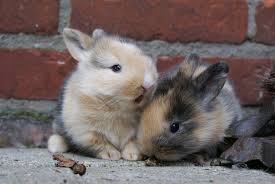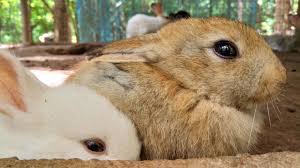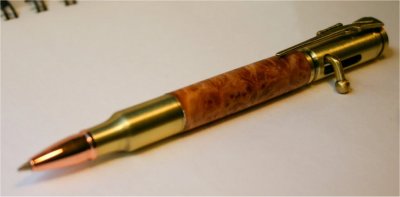Found one? You can save baby rabbits if they are provided with a HUMID warm box. (See this article, too)
When you find a baby bunny, especially one that’s been apprehended by a predator like your cat – it’s in a bad way. Stress levels are insane. Odds of survival, low. However, add to this, a puncture, broken bone, lung bruise, etc. Really low.
Then, they get a low blood sugar which a lot of caregivers don’t anticipate. They think the bunny is “slipping away” while its sugar declines. That should be sustained. Heat. Some fluids for volume support, but they should be warmed fluids.
Heat. And more heat. An incubator is nice because overheating isn’t.
 Bunnies are an increasingly common pet in the United States. They are hardy, easy to care for, and can be left without hazard when the owners leave for a vacation. Dogs cannot afford us this kind of autonomy.
Bunnies are an increasingly common pet in the United States. They are hardy, easy to care for, and can be left without hazard when the owners leave for a vacation. Dogs cannot afford us this kind of autonomy.
Rabbits have peculiarities you should be aware of, however.
Rabbits need good ventilation to do well. Cages make better homes than aquariums, even if the top of the aquarium is screened. The wastes of rabbits are high in nitrogen, and they can burn the sinuses if free flow of air is impeded.
It is best if the selected cage has a wire bottom to hold the rabbit up off the litter. Any litter will do in this type of facility, including cedar shavings, green kitty litters, and clay litters. The stool and urine of the rabbit simply drops through the cage bottom into the absorbent litter, and odor is only rarely a problem.
Water delivery is far better via water bottle than by bowl. Water bottles keep the water clean and fresh, and a dark green water bottle will actually discourage the growth of algae in the water. Water bottles cannot be turned over and so they limit spoilage of the litter.
Rabbit feeds are varied. There are poor diets based on seed that should be avoided. For best results, a pellet is selected, or for optimal results, a block food is selected called “Lab Blocks”. These are the type of feed given to lab animals, they are balanced with plant fiber and protein, as well as providing rich calcium supplies and other essential minerals. The blocks are so hard, they hone the teeth nicely. The diet can be supplemented with fresh dark greens, apples and carrots. Lettuce and light green veggies are hazardous to rabbits as they can cause gas formation and discomfort.
Rabbits are tolerant of cold weather as long as their facilities are dry and shielded from drafts.
Illness’ of rabbits are few. They can carry worms, and so a fecal examination is a good idea, particularly when rabbits are new. After the initial checks, carriage of worms is uncommon due to limited exposure.
Rabbits can and do form hairballs. Regular brushing, especially in the Spring, is one way to avoid this. Vegetable roughage in the diet also helps, and finally, petrolatum laxatives along with limited use of Pineapple juice are also effective, (despite recent reports that they do not).
It is not uncommon for hairballs to form that require surgical intervention. Recognizing this and getting them to surgery in time, is essential.
If a dog can get under a rabbit’s hutch – even a good dog, will necessarily yank the rabbits toes down through the hutch grate. Do NOT create a hutch that can permit predators to get under the hutch.
Rabbits have no vaccination requirements.





